
ALCOSAN and the CLEAN WATER ACT of 1972
The Clean Water Act is one of the most important environmental laws in our nation’s history. ALCOSAN examines the impact of the landmark legislation on our operations and our mission to ensure a cleaner future for our region’s waterways.
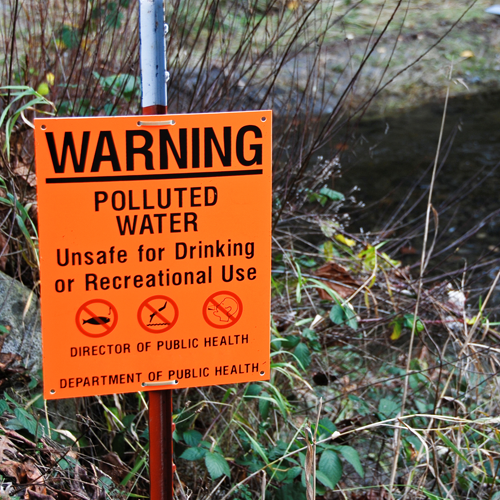
What is the Clean Water Act?
Amending the Federal Water Pollution Control Act of 1948, the Clean Water Act (CWA) of 1972 imposed a regulatory structure for controlling water pollution in the United States. Administered by the U.S. Environmental Protection Agency (EPA) in coordination with state governments and the U.S. Army Corps of Engineers, the act’s stated objective is the restoration and maintenance of the chemical, physical and biological integrity of the nation’s waters. Its interim water quality goals were to make all U.S. waters fishable and swimmable by 1983 and eliminate all pollution discharges into navigable waters by 1985. While those goals remain unrealized, efforts to achieve them continue.
What were the Clean Water Act's major provisions?
As its centerpiece, the CWA established the National Pollutant Discharge Elimination System (NPDES), a permit system for regulating discharges from point sources of pollution, including municipal wastewater treatment plants, industrial facilities, and some agricultural facilities. It also increased funding for municipal wastewater plant construction, delegated implementation of the law as well as development of water quality standards and management of NPDES permitting to the states and instituted a technology-based standards program that required public wastewater treatment plants to meet secondary (biological) treatment standards by 1977.
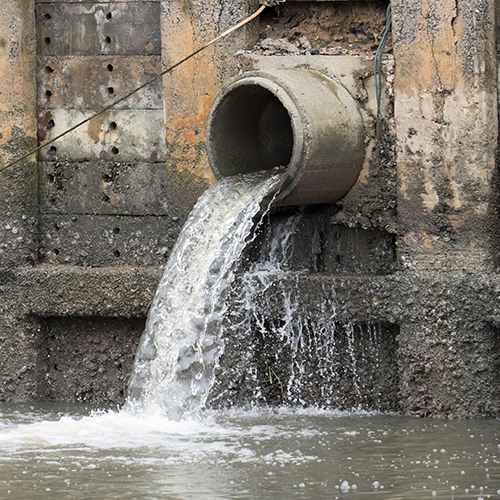
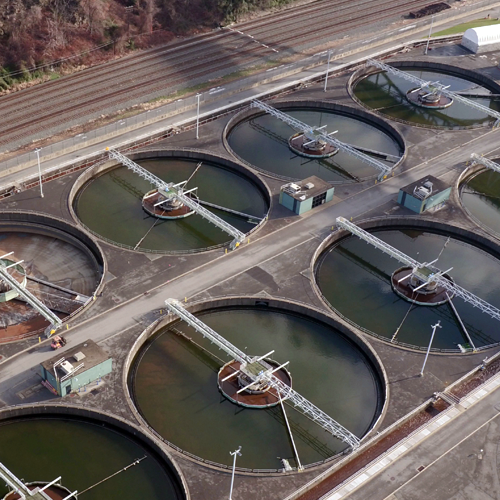
What did it mean for ALCOSAN in 1972?
While ALCOSAN’s discharges fell under the purview of the newly passed Clean Water Act and the NPDES permitting program, a March 1966 order by the State Sanitary Water Board had given the authority four years to modernize its treatment processes and reduce its discharged pollution load from 125,000 to 60,000 lbs./day. As a result, ALCOSAN began planning an expansion to secondary treatment, and by the time the CWA became law, the project was already nearing completion. The new secondary treatment commenced in 1973, preceding the deadline set for compliance by nearly four years. By 1974, the pollution load averaged 21,100 lbs./day, 65% below the allowable limit set by ALCOSAN’s permit.
What has it meant for ALCOSAN since 1972?
Portions of the CWA have been amended since its inception, and associated policy changes affecting how provisions of the act are enforced have had a substantial effect on ALCOSAN’s mission. Specifically, the EPA’s 1994 CSO Control Policy established a national framework for controlling combined sewer overflows through the NPDES permit program and provided guidance on how communities with combined sewer systems can meet CWA goals. For ALCOSAN, it began seven years of planning and working with federal, state, and local regulatory agencies to negotiate a consent decree that would satisfy compliance requirements of both the CWA and CSO Control Policy.
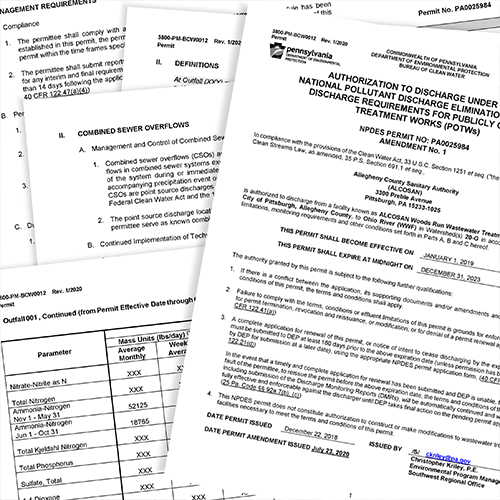
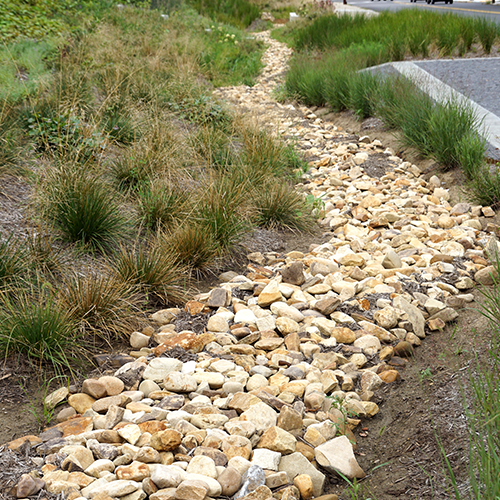
How has the consent decree affected ALCOSAN's mission?
ALCOSAN’s first consent decree, signed in 2008, was a federal court order to eliminate sanitary sewer overflows and significantly reduce combined sewer overflows by 2026. It required the authority to develop a wet weather control plan that would reduce wet weather overflows by 8 billion gallons annually and achieve compliance with the CWA and CSO Control Policy. ALCOSAN presented an initial $3.6 billion draft Wet Weather Plan in 2012, but concern over the cost and public demand for inclusion of green stormwater technologies led to further negotiations and a modified consent decree in 2020 that introduced a phased approach to CWA compliance, including a ten-year extension of the compliance target date.
The Clean Water Plan: A pathway to CWA compliance
As part of the modified consent decree, a revised wet weather control plan - ALCOSAN’s $2 billion Clean Water Plan - provides a phased and adaptable path toward CWA compliance. It extends the deadline of the plan’s first phase to 2036, which allows the cost to ratepayers to be spread out over a longer period. It allows ALCOSAN and its customer municipalities to use new technologies, including green stormwater infrastructure, and adapt the plan based on their effectiveness. It also incorporates a regional approach to managing the larger sewers and sewage facilities, with ALCOSAN taking more responsibility to maintain that infrastructure and reduce excess flows into the system.
The Clean Water Plan includes an expansion of ALCOSAN’s treatment plant to increase wet weather capacity from the current 250 million gallons per day to 600 million gallons per day by 2029. The most significant infrastructure component of the plan, however, is the construction of a regional tunnel system, with 100+ feet deep tunnels being built along the Allegheny, Ohio and Monongahela rivers, that will convey sewage and stormwater to ALCOSAN’s treatment plant during wet weather events. The anticipated result of these and other components of the plan will be the removal of 7 billion gallons of combined sewer overflows annually, putting ALCOSAN in compliance with the consent decree and closer to the regulatory goals of the Clean Water Act.
